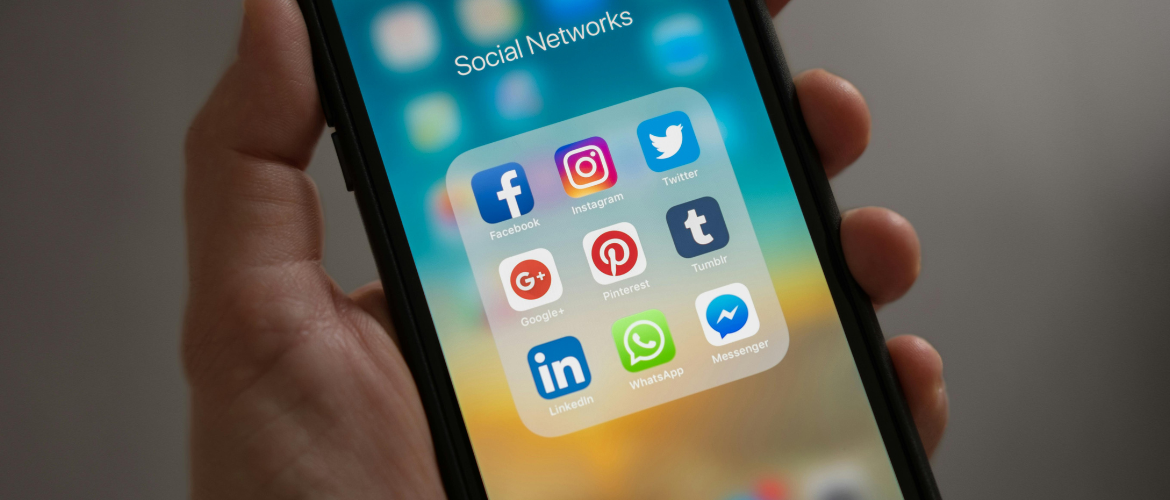They say you never get a second chance to make a first impression and psychology backs that up. The first time you stepped on a new vessel and met your Chief Officer? That instant judgment, without a word spoken, was your first impression at work. First Impression is the brain’s rapid-fire judgment of a person or situation, formed within mere seconds of contact. But what exactly is an impression, and how does it connect to our thoughts?
At its core, an impression is a mental snapshot—our brain's quick assessment of someone or something based on limited cues. Think of it as a trailer to a full movie. You haven’t seen the whole story, but you’re already forming opinions. For example, seeing someone dressed sharply and speaking clearly might lead us to label them as professional and confident, even if we’ve only known them for a few seconds.
On the other hand, thoughts are the internal narratives we construct—the deeper, often more conscious processing of what we see, feel, or remember. They evolve with time and information. While impressions are fast and intuitive, thoughts are slow and reflective.
The key difference? Impressions are immediate and automatic; thoughts are deliberate and analyzed.
Daniel Kahneman and the Two Systems of Thinking
To truly understand the psychology of first impressions, we need to talk about Daniel Kahneman—a Nobel Prize-winning psychologist and one of the most influential thinkers in behavioral science. He is best known for his groundbreaking work on human judgment and decision-making, especially the theory of “System 1 and System 2” thinking, which he introduced in his best-selling book Thinking, Fast and Slow.
His theory provides a powerful lens to understand why we make snap judgments—the kind that form the foundation of first impressions.
System 1 thinking is fast, automatic, and intuitive. It operates effortlessly, reacting immediately to visual cues and emotional triggers. When you see someone walking confidently into a room, your System 1 might instantly tag them as "competent" or "trustworthy" without you even realizing why.
System 2 thinking, on the other hand, is slow, deliberate, and logical. It kicks in when we stop to analyze, question, or reflect—like when you're reviewing someone’s resume or carefully weighing pros and cons before making a decision.
Most first impressions are driven by System 1. It's like your brain’s auto-pilot mode—quick to judge, but not always accurate. For example, you might form a positive impression of someone just because they remind you of a favorite teacher or celebrity. It’s not rational, but it’s real—and it happens in milliseconds.
This is exactly why Kahneman’s work is so relevant. First impressions aren’t necessarily based on facts, they’re shaped by instinctive reactions and unconscious biases. And unless we make an effort to engage System 2, we rarely question these snap judgments.
In everyday settings, whether you're in an office meeting or on a video call, System 1 is doing most of the initial work. It picks up on body language, tone, appearance, and even micro-expressions. The impressions formed during these early moments can influence hiring decisions, social dynamics, and personal relationships, all before System 2 has a chance to weigh in.
By understanding Kahneman’s theory, we can become more aware of our thought processes and more intentional about the impressions we give and receive. In short, knowing how we think helps us shape how we're seen.

Why First Impressions Matter?
We experience the impact of first impressions in everyday life, often without realizing it. In a job interview, your entrance, handshake, and expression may shape the interviewer’s opinion before you’ve answered a single question. On a first date, your energy, appearance, and even your sense of humor can sway how someone feels about you. At networking events, the way you carry yourself—how you walk into the room or engage in small talk, can influence whether others remember or forget you. These early impressions can open doors or quietly close them.
But here’s the real question: Are first impressions even accurate? Most of the time, they aren’t. Because they rely on System 1 thinking—fast, automatic, and emotional they are often influenced by stereotypes, biases, and personal assumptions. We judge based on limited information, and once that snap judgment forms, it becomes difficult to reverse. This is the primacy effect in action: the idea that what we first perceive tends to stick, even when future evidence says otherwise. And yet, despite their flaws, first impressions matter. They shape relationships, decisions, and reputations before any deeper understanding begins.
Common Biases in First Impressions
When we meet someone for the first time, our brains work quickly to form judgments — often without us even realizing it. Two key psychological biases can strongly shape these initial impressions: the halo effect and confirmation bias.
The halo effect occurs when one positive trait colors our entire view of a person. For instance, if someone is physically attractive or speaks confidently, we might automatically assume they’re also intelligent, kind, or reliable. This assumption happens instantly and can be difficult to shake, even if we later encounter evidence to the contrary. The halo effect highlights how easily our perceptions can be distorted by one standout characteristic, which then overshadows other traits or behaviors.
On the other hand, confirmation bias affects how we interpret information after that first impression is made. If we initially judge someone as disorganized or lazy, we’re more likely to notice behaviors that confirm this idea, such as them arriving late or seeming distracted. At the same time, we may overlook moments when they’re focused or productive. Essentially, our minds filter in what matches our expectations and filter out what doesn’t, reinforcing our original impression whether it was accurate or not.
These biases operate beneath the surface, but they have real consequences. They can influence everything from hiring decisions to friendships, and even how we respond to strangers in daily life. Being aware of these tendencies is the first step toward making rational, more objective assessments of others. By slowing down our judgments and seeking a fuller picture, we can counteract these biases and make room for a more balanced view — one that goes beyond snap impressions.
How to Make a Good First Impression at Sea
- Dress Neatly
- Greet Everyone
- Be Punctual
- Observe Ship Culture
- Respect Cultural Differences
- Listen More, Talk Less
Why This Reflection Matters
Reflecting on how we form first impressions is more than a mental exercise; it’s a valuable step toward improving the way we think and relate to others. When we examine the automatic judgments we make, we start to see patterns in our thinking that may not be fair or accurate. This awareness allows us to question those judgments and choose more thoughtful responses.
Understanding our biases not only sharpens our thinking but also helps us become more empathetic and open-minded. In diverse settings like schools, workplaces, or ships, where people come from different backgrounds and experiences, being mindful of our initial impressions can reduce misunderstandings and create a more respectful environment.
Our first impressions don’t just shape how we view others — they also reveal a lot about ourselves. They show what we value, what we fear, and how we’ve been influenced by culture or past experiences. By reflecting on this, we gain insight into our own mindset and can grow into more open and considerate individuals.
Conclusion
First impressions are powerful, shaping how we view others and how we’re perceived in return. While they happen quickly and often unconsciously, understanding the psychology behind them—through concepts like Kahneman’s thinking systems and common biases—helps us respond more thoughtfully. In high-stakes environments like ships, where teamwork and respect are vital, making a good first impression can set the tone for successful relationships. By becoming more aware of our judgments and practicing reflection, we not only improve how we connect with others but also grow as individuals.




